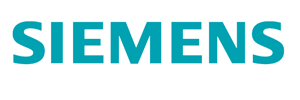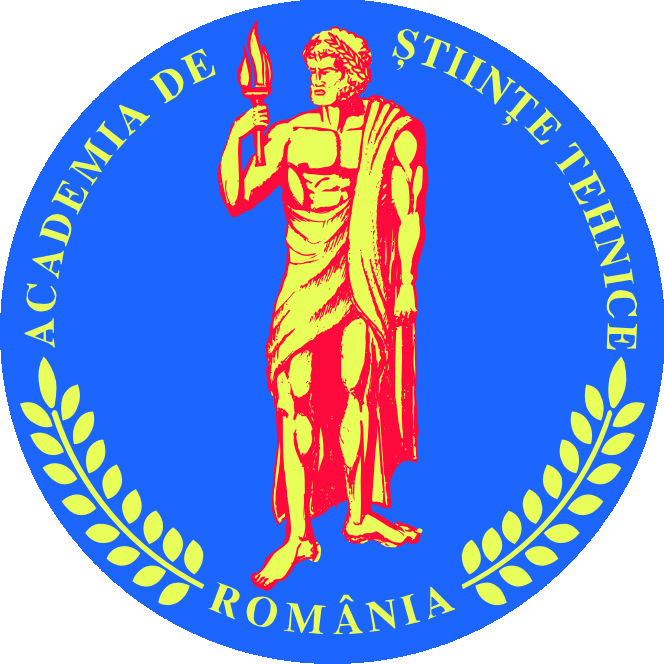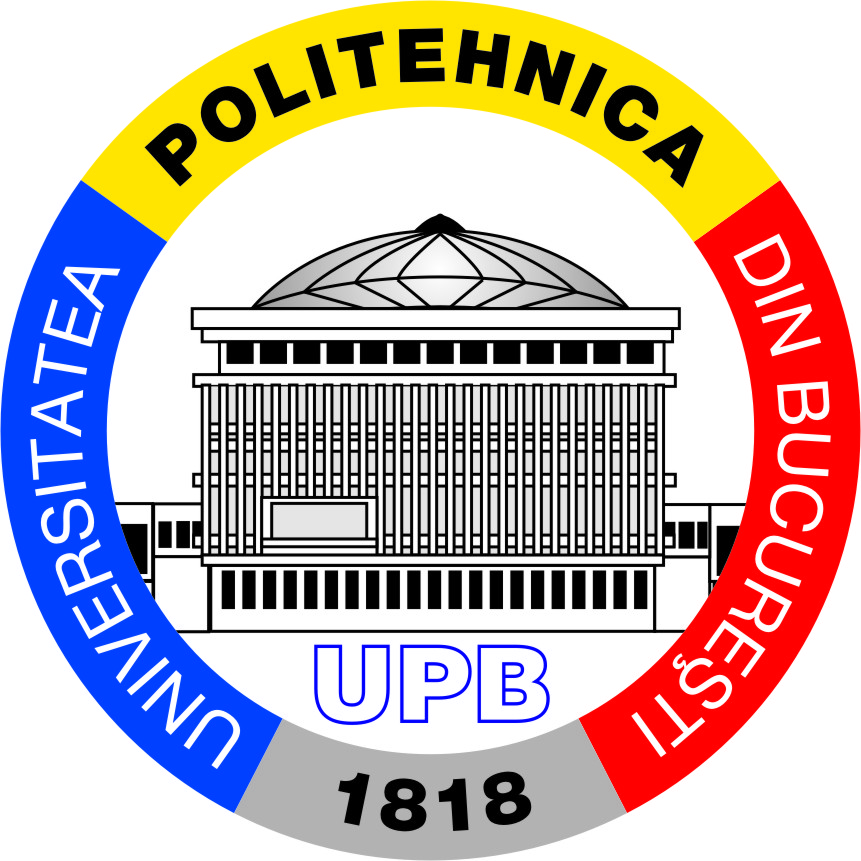|
|
|
|


Conference Tutorials
Collaboration Change Management Service
|
|
Dr. Morcous M. Y. Massoud, PhD |
Abstract
Technology and globalization are changing the nature of work. More than ever, people work in extended business-to-business communities that include consultants, partners, suppliers, customers, and employees from all over the world. Collaborative Business, companies who can collaborate effectively can bring products and services to market faster, can increase employee productivity by enabling rapid learning and reuse of knowledge, and can enhance demand from existing customers by sustaining long-term, many-to-many. Businesses need an infrastructure for collaboration that supports many-to-many communication, coordination, knowledge sharing, rapid learning, and organizational memory.
Collaboration technologies are changing the business landscape. Today’s business realities force companies to radically change the way they operate on a global scale. Collaborative technologies are transforming the way people communicate, innovate, and work together. Companies are achieving a new competitive edge and financial performance from the ability to engage dispersed communities to work more closely together, anytime, anywhere, in a more natural and integrated way. New business value is being added every day through collaboration, from reduced costs and faster decision making to improved employee, partner, and customer relationships. There is increasing marketplace pressure for businesses to keep up with evolving customer demands while incorporating cost‐ effective solutions
Some companies, however, might find that valuable collaboration tools and technologies are underutilized, or worse, unused. In order to fully realize the potential of collaborative technologies to achieve targeted business goals and desired Return on Investment (ROI), it is crucial for cultural, behavioral, and process changes to occur throughout the organization, from IT through end users. These changes must be implemented quickly and precisely, and internal IT teams must acquire the necessary long‐term skill sets to manage to ongoing change.
You can download his full abstract here in pdf format. 
Biography
Dr. Marcos Massoud Yassa received his Master degree in Computer Science from Faculty of Computers and Information, Cairo University in 2008 and his Ph.D. in Computer Science from the same faculty in 2014. He has served as an invited member of the technical program committee of several international conferences. He has been on the technical program committee of different IEEE conferences. He acts as a reviewer for the international conferences and journals. His research has been published in various international journals and conferences. He has published numerous scientific articles in an Arabic language magazine,"Al-Ahram". He has conducted tutorial sessions in prominent conferences such as IEEE BIBM 2014 - UK, IEEE COMPSAC 2014 - Sweden, IEEE Healthcare2013 - Portugal, and IEEE "JEC-ECC 2013 – Cairo, KKIO 2015 – Poland, ICHI 2015 – USA. Dr. Morcous main research interests lie with the knowledge modeling, sharing and reuse, intelligent information retrieval, Software Engineering, Software requirements engineering, Service Oriented Architecture (SOA), Virtual Organizations, Grid & Cloud Computing and Green Computing.
An overview of Nsp/Scicos, a scientific package for modeling and simulation
|
|
J.-Ph. Chancelier (Enpc France) and P. Weis (Inria France) |
Abstract
At this tutorial, the scientific software Nsp and in particular its toolbox for modeling and simulation, Scicos, will be presented. Following live demos of Scicos/Nsp environment, attendees will be given the opportunity to apply Nsp/Scicos to various domains of application on their own laptops.
Nsp provides a matrix based Matlab-like language and contains a comprehensive set of scientific libraries and toolboxes. Nsp is freely distributed under the GPL open-source license.
Scicos is a modeling and simulation environment for dynamical systems. Based on a sound mathematical formalism as an extension of synchronous languages, Scicos can be used to model hybrid dynamical systems encountered in many areas of engineering.
This new release of Nsp/Scicos introduces a major novelty: Simport, a new utility to translate Simulink models to Scicos models. Simport covers a large set of Simulink blocks and features.
The tutorial will emphasize the new implementation of the Scicos toolbox presenting a number of improvements such as a new GUI, a new library for modeling cyber-physical systems based on Modelica (Coselica), and a new library dedicated to communication systems (Modnum).














